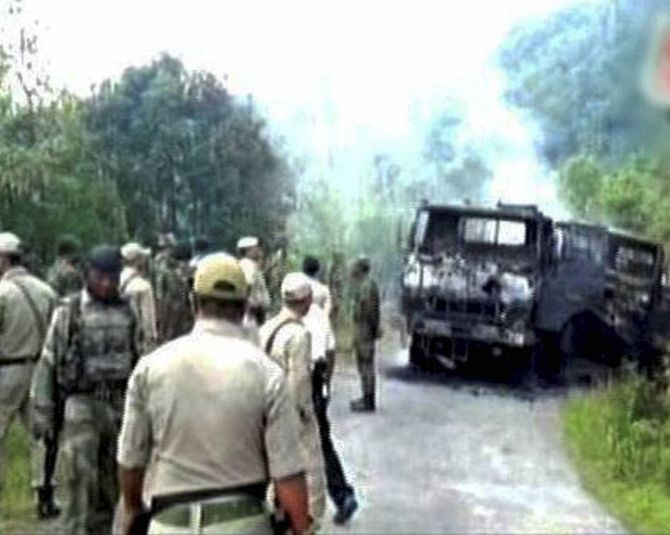


Hundreds of people from Oting village work in the coal mines in the area for six months a year, for daily wages that vary from Rs 300 to Rs 500.įollowing the incident, irate villagers attacked security forces, leading to the deaths of seven more civilians in ‘counter fire’ by the forces. The security forces personnel ambushed a pickup truck ferrying miners, who had been returning from a day’s work in a coal mine around 4.30 pm. Six civilians lost their lives Saturday evening, in a botched counter-insurgency operation by Army special forces and Assam Rifles. This column focuses on conflict situations and the convergence of businesses and human rights and runs on Thursdays.Oting, Mon, Nagaland: Sole breadwinners of their families, a newlywed and a son “who was like a crutch” - these were some of the victims of the ambush and the subsequent violence that took place last week in Nagaland’s Mon district. And, of course, repairing Arunachal’s broken house. If ever there is a reason to force the pace of the Naga peace process and disarm rebels, this is it. The murkiness surrounding the incident should clear in the next several days, but a couple of things are already clear. From all accounts, Sangma is asking hard questions about Aboh’s death. NPP is also an ally of the BJP-led National Democratic Alliance, and is in a crucial coalition with a BJP-led government in Manipur. NPP president Conrad Sangma, chief minister of Meghalaya and an ally of the BJP in Arunachal, has, since Aboh’s assassination, burned the phone lines to New Delhi. It’s pertinent to recall how a comfortably elected Congress government in 2014 had, by 2016, been transformed into a government led by the Bharatiya Janata party (BJP). NSCN-oriented theories, however, discount the intense political powerplays typical in Arunachal. An I-M hit on Aboh would therefore be in character, especially with a record of bad blood between them. Its blessings are as much a factor for a candidate’s chances as party affiliation and popular mandate. It freely interferes in elections in Naga homelands. Bizarrely, I-M, like other Naga groups in ceasefire, is armed to the teeth and actively recruits. This column has also noted I-M-sanctioned assassinations in Manipur, for instance-if not sanctioned by the group’s collective leadership, then certainly by a runaway army chief of the faction. Tirap has to its south the Nagaland district of Mon.Īs in other regions, I-M has fought pitched battles with other Naga rebel groups to retain territory and influence in Tirap and Changlang. Both districts have Myanmar to their east and Assam to their west. These include Nagaland, contiguous Naga homelands in Manipur and Assam, and the districts of Tirap and Changlang in Arunachal, which wrap around the eastern extremity of Assam. To turn the lens on I-M is easy on account of the faction’s record of animosity with Aboh and its proven reputation for throwing its weight around in Naga homelands. Konyak has since moved to India with loyal cadres and sued for peace-his faction is now designated NSCN (K-Khango).īut such dynamics don’t necessarily explain the hit on Aboh. Khaplang, the K in the faction’s name who died in 2017. Moreover, internal dissent led to K’s chief Khango Konyak being removed in 2018, and his place claimed by a nephew of S.S. K believes it to be a squeeze induced by India’s diplomatic overture to bring this belligerent faction to heel, if not back to ceasefire. Thus far, K has denied any hand in the matter, although there is slim speculation that it could be a fightback: K has in the past month been hammered by Myanmar’s army, the Tatmadaw, and seen its bases overrun.


 0 kommentar(er)
0 kommentar(er)
